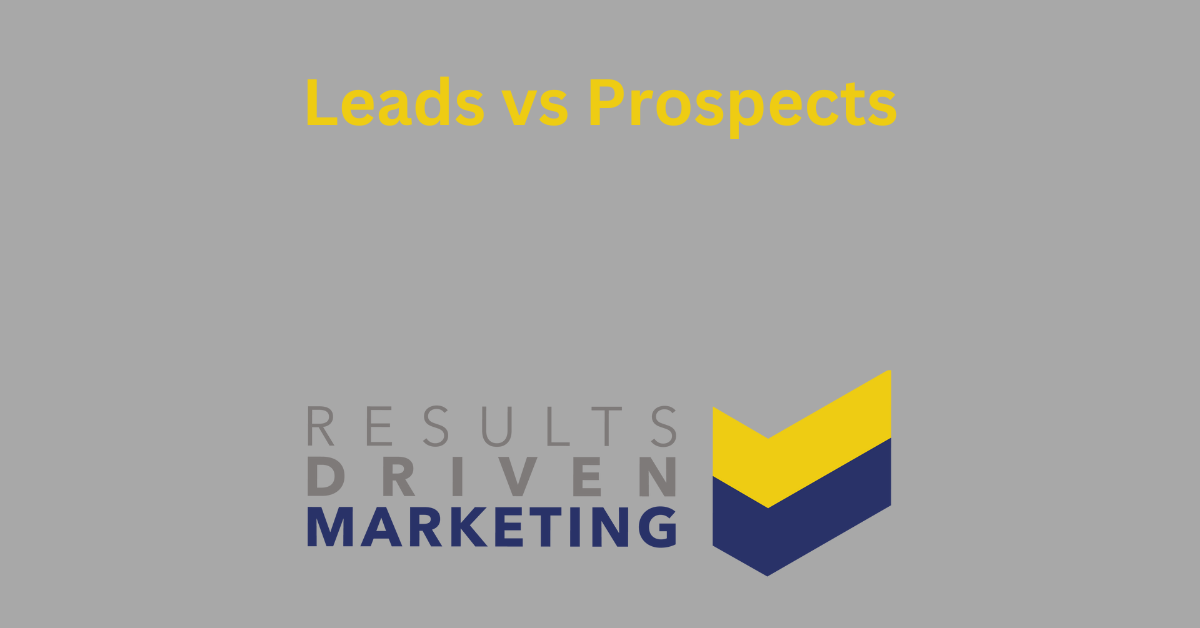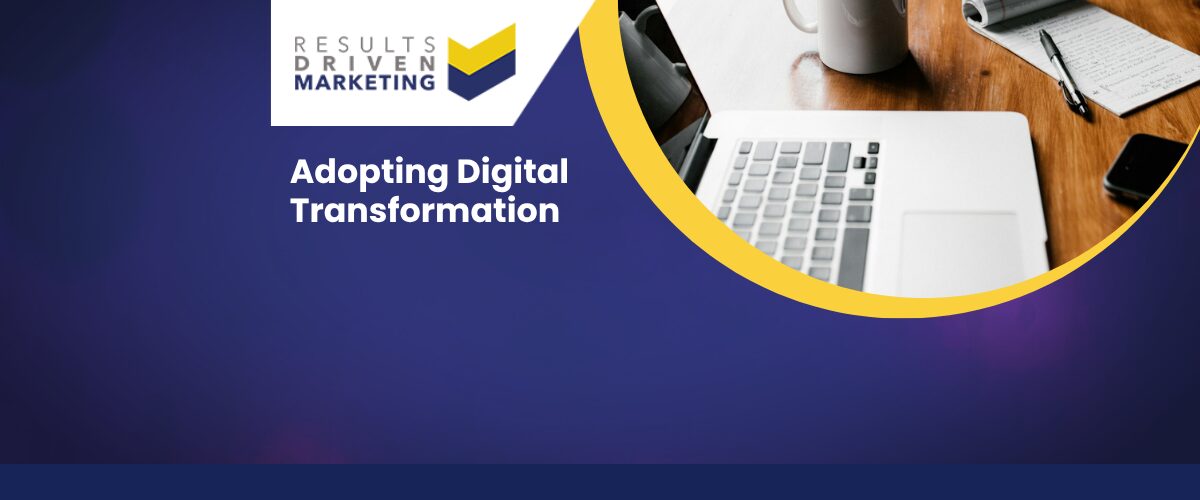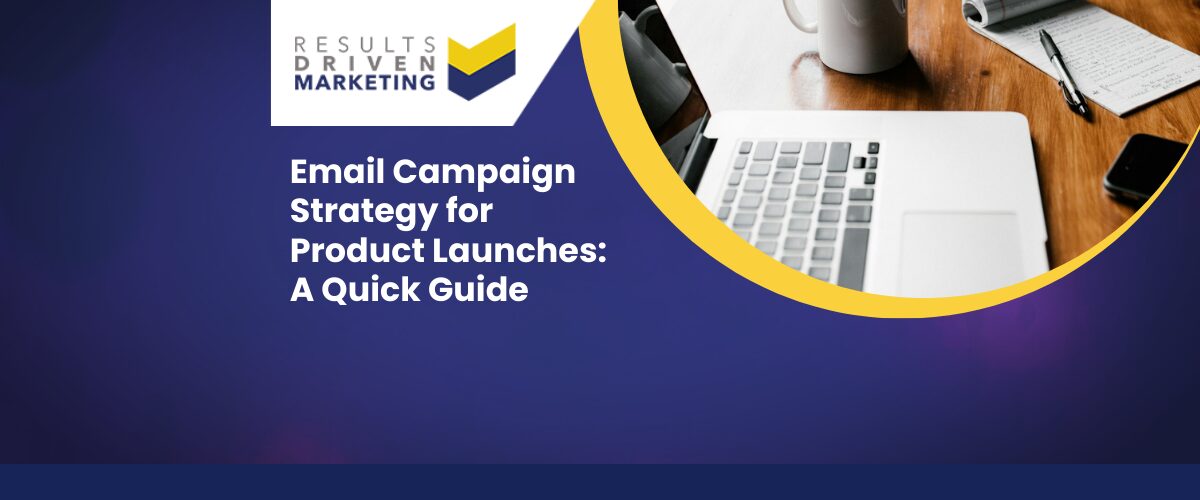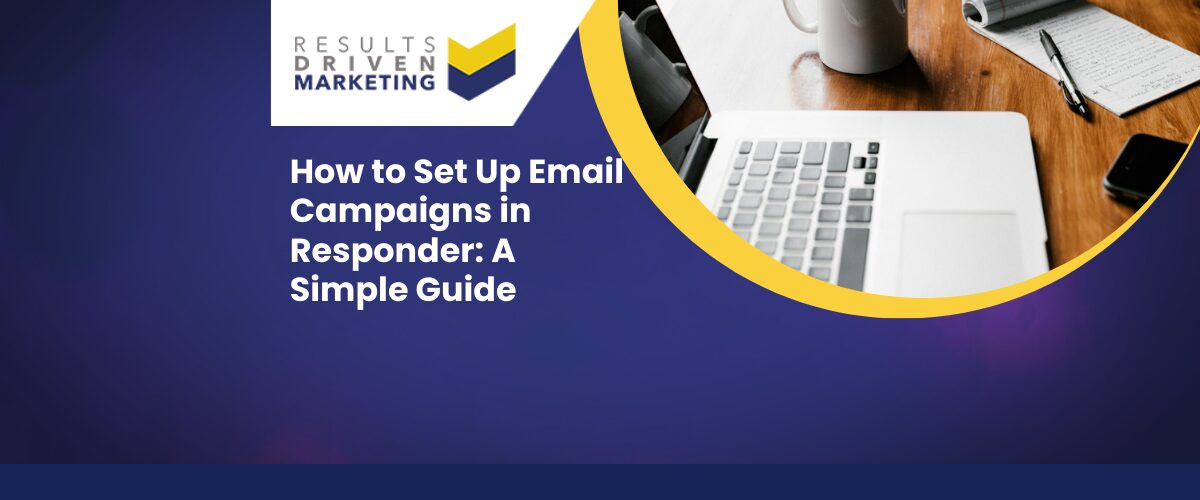
Leads and Prospects: Understanding the Difference
In the realm of sales and marketing, the terms “lead” and “prospect” are often used interchangeably.
However, it is essential to recognise the fundamental differences between the two concepts.
While both play a crucial role in the customer acquisition process, understanding the distinction between a lead and a prospect can significantly impact the effectiveness of your sales strategies.
In this article, we delve into the dissimilarities between leads and prospects, shedding light on their unique characteristics and highlighting their respective roles in the sales pipeline.
Defining Leads and Prospects
A lead is an individual or organisation that has shown some interest in a product or service by providing their contact information.
Leads are typically collected through various channels, such as online forms, subscriptions, or networking events.
At this stage, leads may have expressed initial curiosity but have not yet progressed through the sales funnel.
A lead can be considered as a potential starting point for further engagement and nurturing.
Key Characteristics of a Lead
1. Limited engagement:
Leads have minimal interaction with your business beyond expressing initial interest or providing contact details.
2. Uncertain intent:
Leads may not have a clear understanding of their own needs or how your product or service could address them.
3. Broader audience:
Leads can encompass a diverse range of individuals or organisations who may or may not fit your target market.
4. Minimal qualification:
Leads often require further evaluation and qualification to determine their suitability as potential customers.
Transitioning to a Prospect
A prospect, on the other hand, is a lead that has undergone additional qualification and has demonstrated a higher level of interest and intent to purchase.
This qualification process involves gathering more information about the lead, such as their needs, budget, timeline, and decision-making authority.
Prospects have moved beyond the initial stage of curiosity and are actively considering your product or service as a solution to their specific requirements.
Key Characteristics of a Prospect
1. Increased engagement:
Prospects have shown a higher level of engagement by actively seeking information, asking questions, or expressing a specific need for your product or service.
2. Clear intent:
Prospects have a better understanding of their own needs and how your offering can address them.
3. Targeted audience:
Prospects align more closely with your ideal customer profile, making them more likely to convert into paying customers.
4. Enhanced qualification:
Prospects have been evaluated based on specific criteria to determine their fit and readiness to move forward in the sales process.
Utilising Leads and Prospects in the Sales Pipeline
Leads and prospects are vital components of the sales pipeline, each requiring distinct approaches to maximise conversion rates.
Leads require nurturing through targeted marketing efforts to educate, build trust, and guide them towards becoming prospects.
This nurturing process can involve personalised emails, relevant content, and thoughtful engagement to help leads better understand their needs and the potential value your solution can offer.
Once a lead transitions into a prospect, sales efforts can become more focused and tailored to address their specific pain points.
Conclusion
Differentiating between leads and prospects is essential for effective sales and marketing strategies.
Leads represent a broader pool of individuals or organisations that have expressed initial interest, while prospects are qualified leads that have demonstrated a higher level of intent and alignment with your target market.
By understanding the unique characteristics of each stage and implementing appropriate strategies, businesses can nurture leads and successfully convert them into prospects, ultimately driving revenue growth and building long-term customer relationships.





